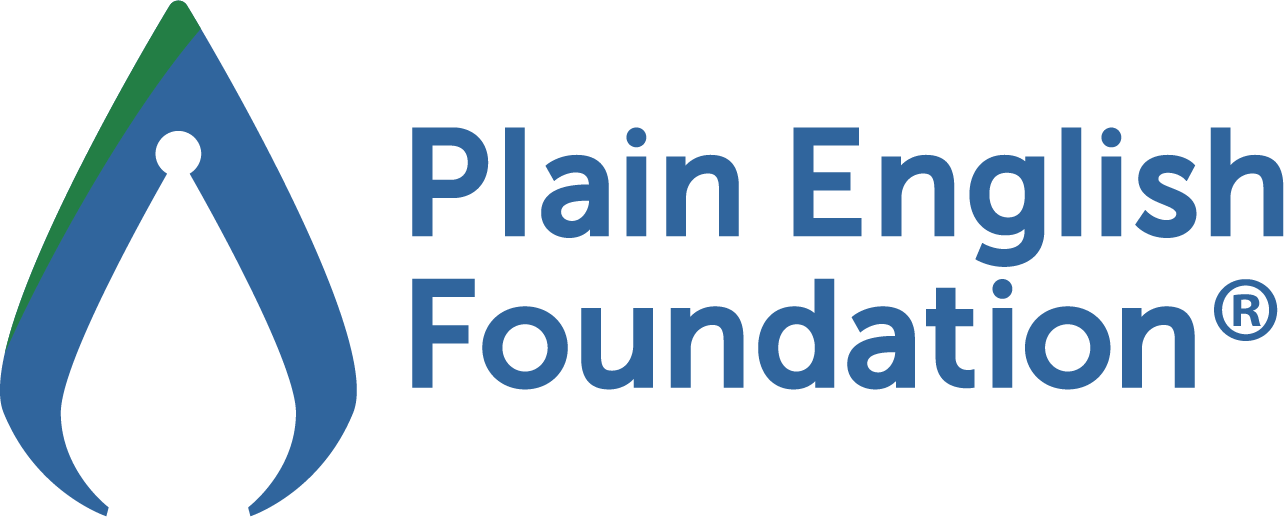Want to boost critical thinking at work?
By Abi Taylor
If we asked professionals to name 3 skills central to critical thinking, we’d guess writing in plain language might not be the first that comes to mind. But dig deeper into the best ways to develop good critical thinking, and clear parallels soon emerge.
In this blog, we examine what critical thinking is and how plain language can help boost it.

What is critical thinking?
Critical thinking involves:
- analysing information
- evaluating evidence
- inferring to form well-reasoned conclusions.
In business, we all need critical thinking to achieve our goals, for example:
- developing a strategy through cross-team collaboration
- understanding why your team is faced with a sudden drop in sales
- evaluating a supplier’s credibility before you partner with them
- deciding whether to launch a new product.
To achieve these goals, we and our teams need to write clearly. Communicating clearly allows us to access the underlying skills of critical thinking: analysis, evaluation and inference.
How does plain language help critical thinking?
Let’s look at each of these underlying skills in turn to see how communicating in plain language allows us to use them more effectively.
Colleagues are better placed to analyse documents written in plain language. It helps them to:
- identify what your writing is saying
- connect the different ideas and thoughts you write about
- spot crucial analogies
- decipher what information is relevant.
To help them do this quickly, communicate your main message clearly and early in the text. Also, add helpful headings that allow readers to scan your writing and understand your main message at a glance.
For more tips about writing for your readers, read our blog Writing for readers, writing to inform.
Readers that evaluate your writing have to:
- judge your argument’s strength or credibility
- understand what your information means and if it’s significant
- adapt or change their ideas when given feedback or a counterargument
- admit the value of different options.
And as a writer, you’ll have to explain the reasons for your decisions.
To help your readers, include a range of arguments that you’ve supported with clear evidence. Make sure each of your decisions has a supporting reason. Not only does this allow readers to weigh your arguments, but it also has a better chance of persuading them.
For more advice about persuading readers, read our blog Writing to win: persuasive writing techniques.
Readers rely on inference skills to:
- draw out the message you’re conveying
- identify any assumptions you’re making
- apply your analogies to reach conclusions
- see cause-and-effect relationships.
To help readers draw conclusions quickly and easily, ask yourself what the reader already knows about the topic. Then, write in a way that supports their knowledge. This might involve using the active voice, short sentences and simple alternatives to unnecessarily complex words or jargon.
For a starter list of words to swap out today, read our blog Keep it short and simple.
Where does this leave writers?
If writing in plain language to help others think critically sounds challenging, our workshops might be for you. Our ISO-aligned training sessions transform writing at work into writing that works. And our clear communication techniques speed up decision-making, streamline processes and avoid confusion.
For more information about our workshops, visit our website or contact us today.






